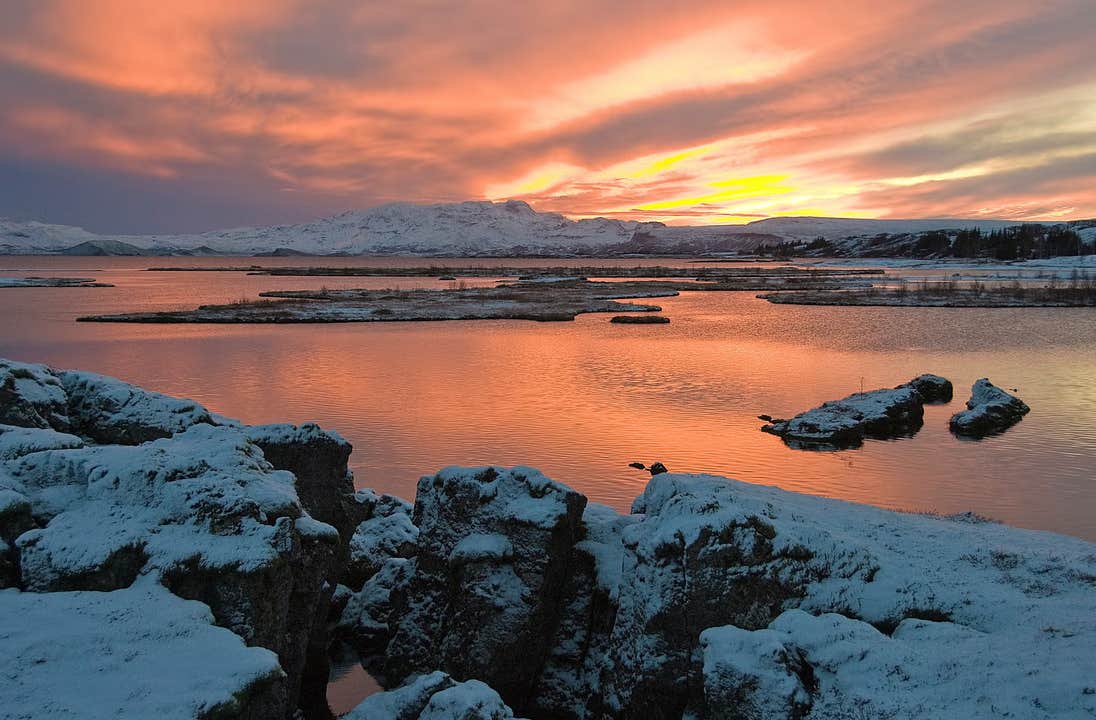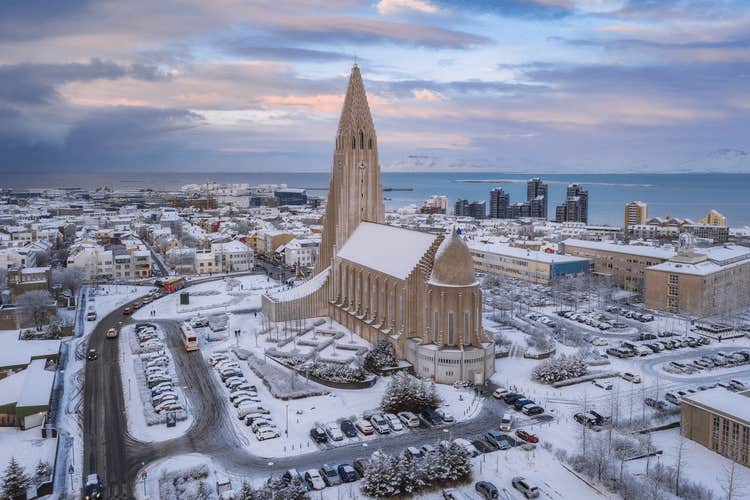소개
요약
소개
아이슬란드의 가장 유명한 명소 골든서클을 오후 동안 한 바퀴 돌아보세요! 본 투어는 자연을 사랑하는 분 누구에게나 추천해 드립니다. 아이슬란드에서 보낼 수 있는 시간이 많지 않은 분들께 특히 제격입니다. 골든 서클은 아이슬란드의 자연 뿐 아니라 역사를 이해하기 위해서도 꼭 가봐야 하는 곳이죠.
먼저 약속된 픽업장소에서 만나 다음과 같은 세 장소들을 방문합니다.
바로 씽벨리르 국립공원, 굴포스 폭포, 게이시르 간헐천 지대입니다.
씽벨리르 국립공원은 아이슬란드의 다채로운 화산 지대를 경험할 수 있는 곳이며 동시에 문화적으로도 의미 깊은 곳입니다. 1000년 전에 아이슬란드 최초의 의회가 세워진 곳이기도 합니다. 이곳의 협곡이 어떻게 아이슬란드의 가장 큰 자연호수인 싱그바들라 호수로 조금씩 뻗어 나가는지를 볼 수가 있습니다.
다음 장소로는 두 단의 폭포가 이어져서 하나의 큰 폭포를 이루며 거대한 물줄기가 쏟아져 내리는 굴포스 폭포를 보시게 됩니다. 폭포의 수원인 크비타(Hvitá)강은 리버래프팅 장소로도 인기 있습니다.
게이시르 지열 지대는 맨 처음 서양에서 간헐천이 발견되어 역사에 기록된 곳이며 영어로 간헐천의 이름인 'geysir'가 여기에서 유래되었다고 합니다. 게이시르 간헐천은 만 년 동안 활동해오다 현재는 휴지기에 있지만 가까이의 스트로쿠르 간헐천은 매 10분마다 분출하며 40미터 높이의 물기둥을 쏟아냅니다.
아이슬란드에서 매우 유명한 투어입니다! 금방 예약이 마감되니 서둘러 주세요. 아이슬란드가 선사하는 아름다움과 유명한 골든 서클을 방문할 수 있는 기회를 절대 놓치지 마세요. '날짜 선택하기'를 누르셔서 예약 가능 여부를 확인해보세요!













